Timeline of D-Day and the Roles Airborne and Special Operations Soldiers Played
In 1943 the Allies decided upon an invasion of Northwest Europe in May 1944. Landing in Normandy, they would capture the channel ports and secure an area for further ground and air operations. Airborne landing in support of the seaborne assault were considered essential to the success of the entire invasion.
U.S. Army ground forces were to land on Omaha and Utah Beaches on the East side of the Carentan Peninsula, and then capture the port of Cherbourg. The Seaborne landing on Utah Beach would be preceded by parachute and glider assaults by the 82nd and 101st Airborne Divisions.

The 101st Airborne Division’s Role
The 101st Airborne Division was given the task of clearing the way for the seaborne assault by seizing the western exits of four causeways that crossed marshy areas just inland from Utah Beach and then organizing the southern flank of the beachhead. It would also establish bridgeheads across the Dove River for a later drive to the city of Carentan.
Pictured below, a 101st Airborne Division trooper prepares to jump on D-Day.
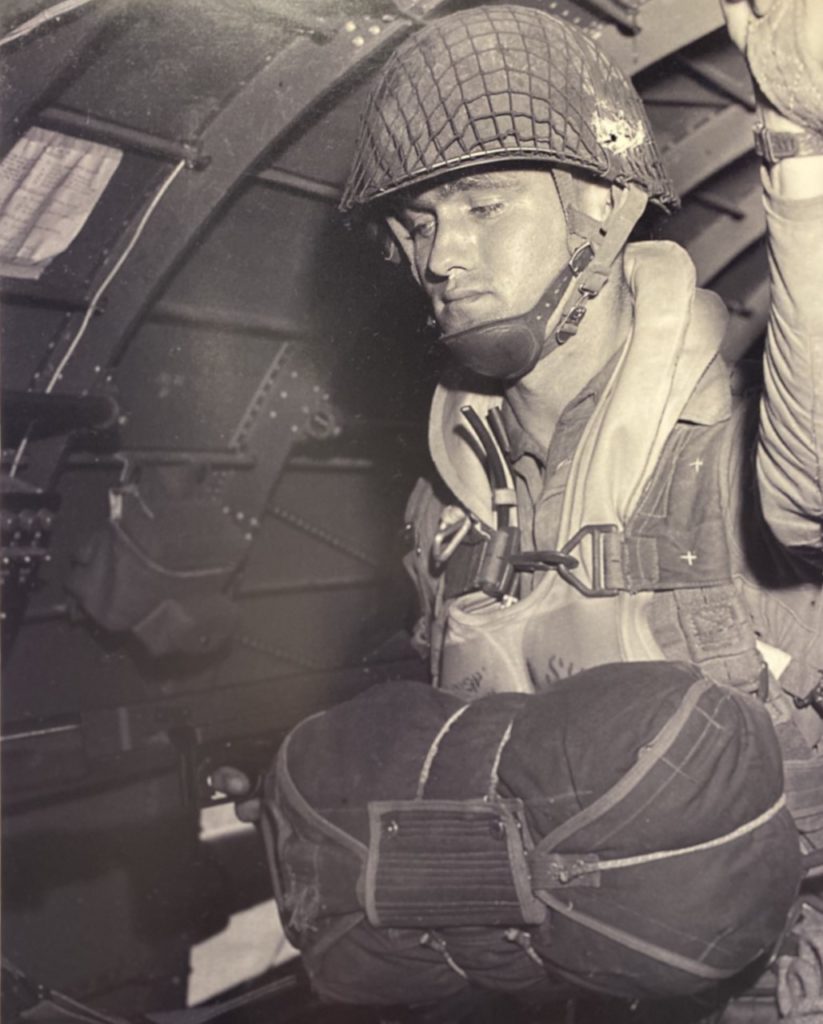
The 82nd Airborne Division’s Role
The 82nd would secure the Western edge of the bridgehead by capturing St. Mere Eglise, a key town on the road to Cherbourg. It would also establish deep bridgeheads across the Merderet River to facilitate later attacks to the west.
Pictured below is the coat that Private Bob Rooney wore on D-Day. He was wounded during the jump and later embroidered the bullet hole in red.
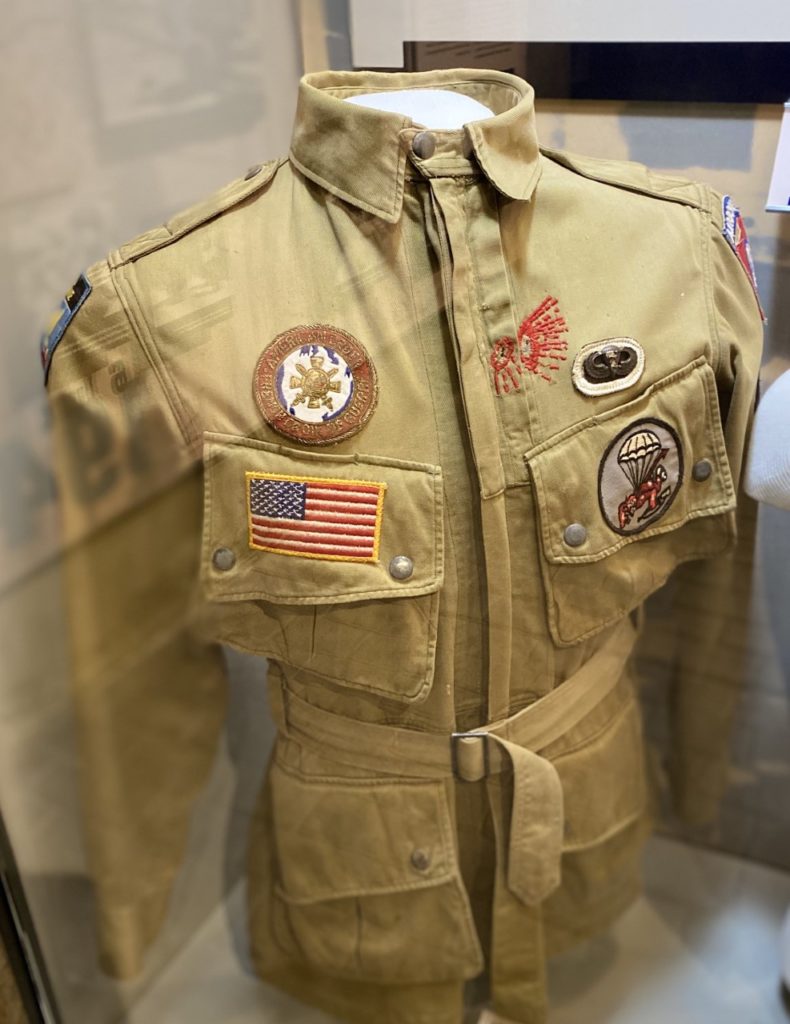
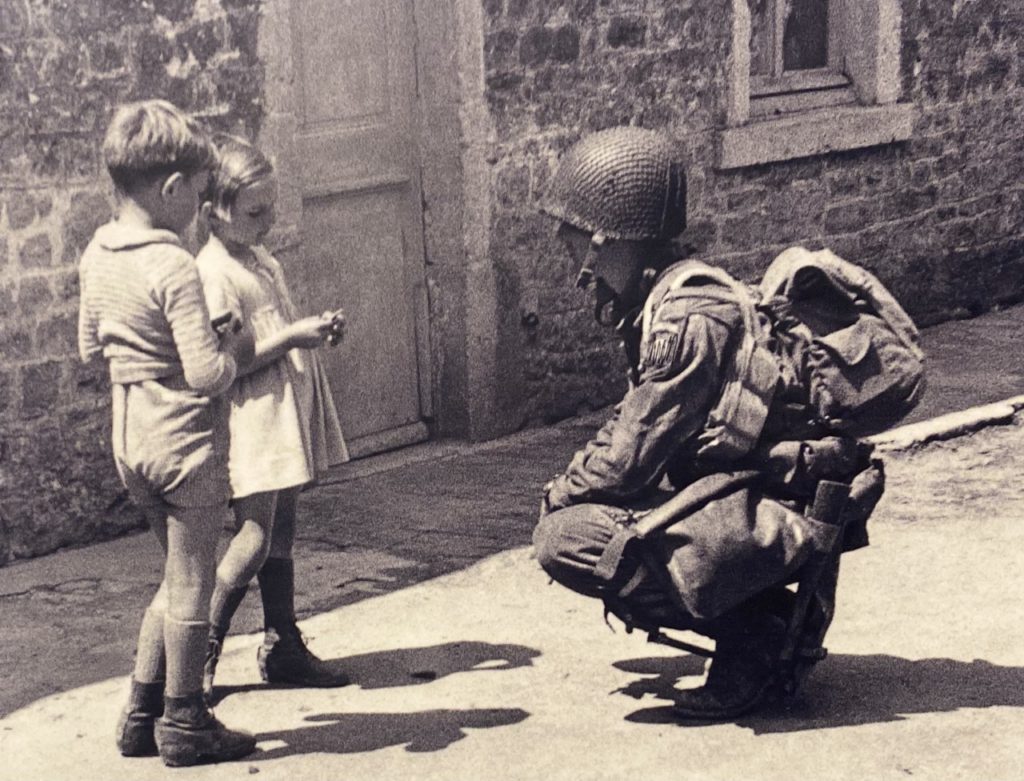
The Role of the Rangers
The 2nd Ranger Battalion was assigned the mission of landing by sea and scaling the cliffs at Pointe du Hoc to knock out a battery of German heavy artillery. Rangers from the 2nd and 5th Ranger Battalion would also land on Omaha Beach.
Pictured below are Rangers atop Pointe Du Hoc, D-Day, 6, June 1944. Rangers had to fight their way up these cliffs at Pointe du Hoc. From the top, German defenders threw hand grenades and fired at them from fortified positions.
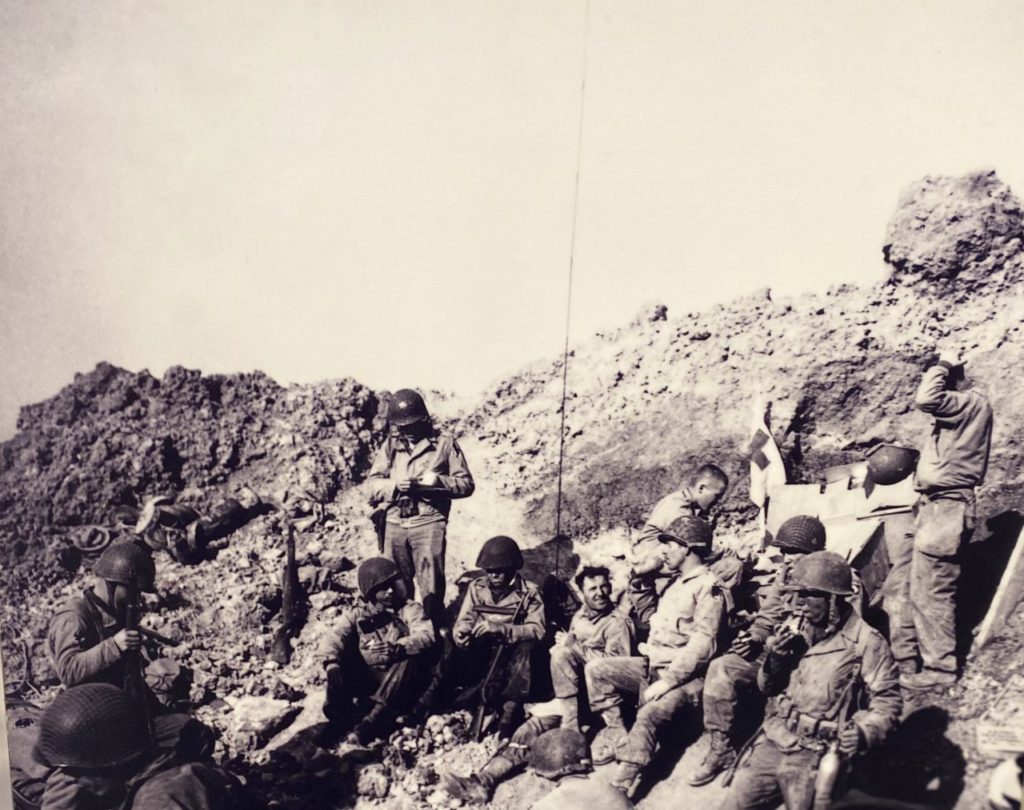
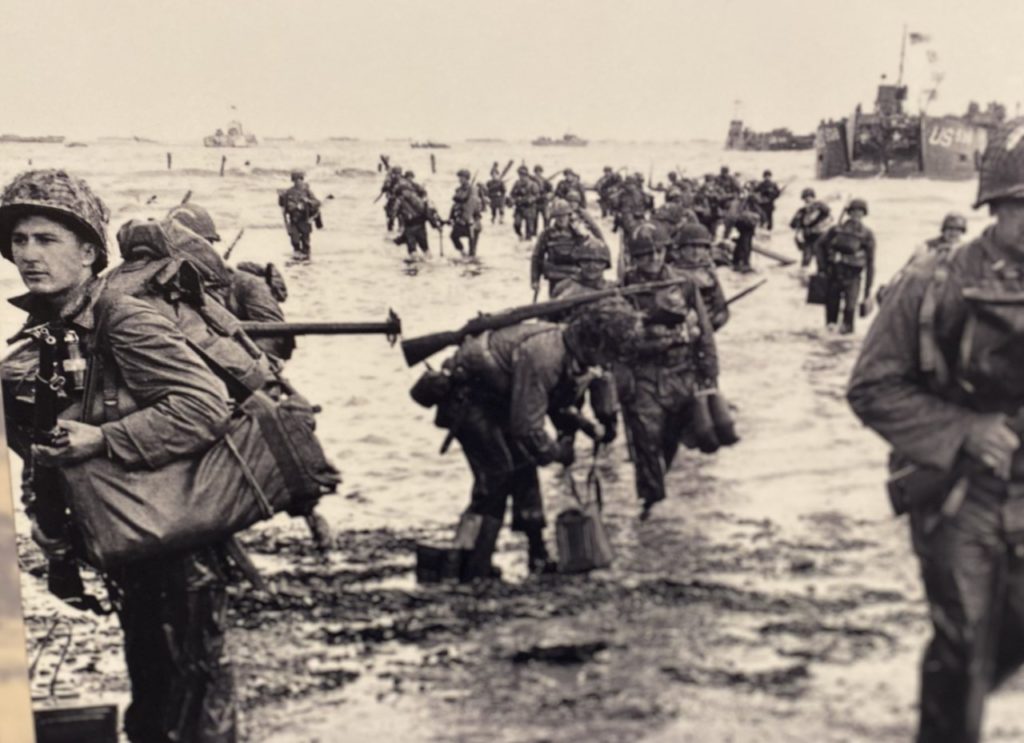
The Outcome
Every D-Day mission assigned to Airborne and Special Operation Units was daunting and carried out in the face of ferocious opposition by the German defenders. Once the mission was underway, things began to go very wrong: American parachute units were badly scattered, Rangers climbed Pointe du Hoc only to find the German guns had been moved, and other Ranger companies landed at Omaha Beach directly into a storm of German machine gun fire. But training, leadership, extraordinary courage and sacrifice won a permanent foothold on the continent. The 82nd Airborne Division’s Commander Matthew B. Ridgway summed up the Normandy campaign this way…”33 days of action without relief, without replacement. Every mission accomplished. No Ground gained ever relinquished.”
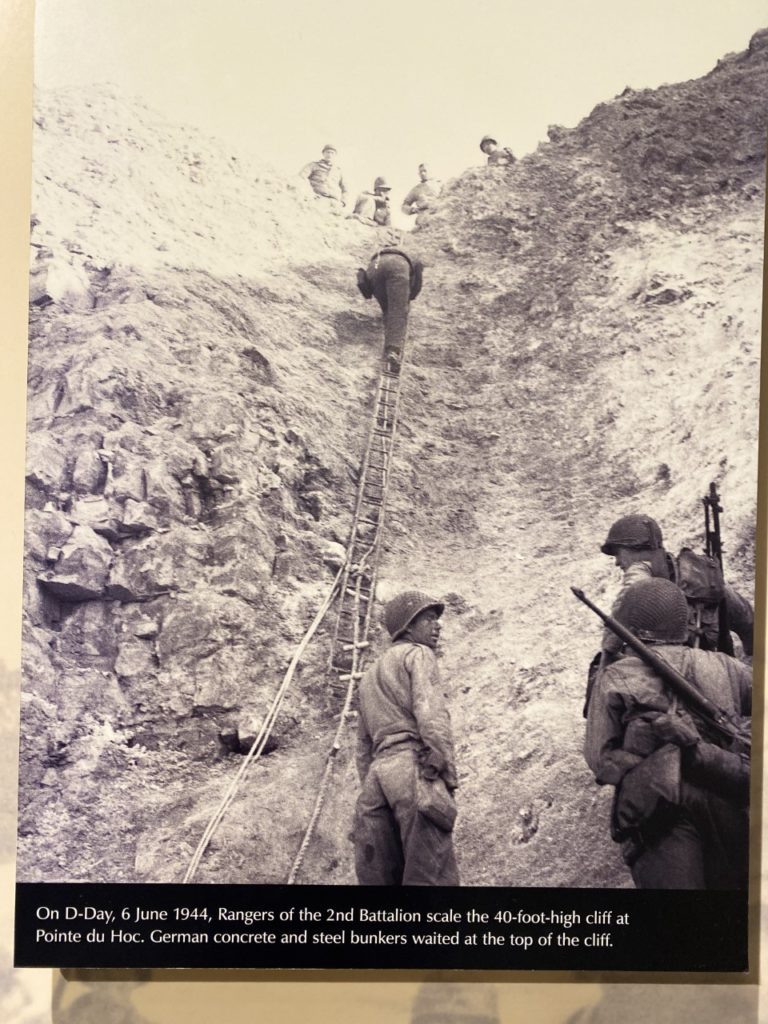
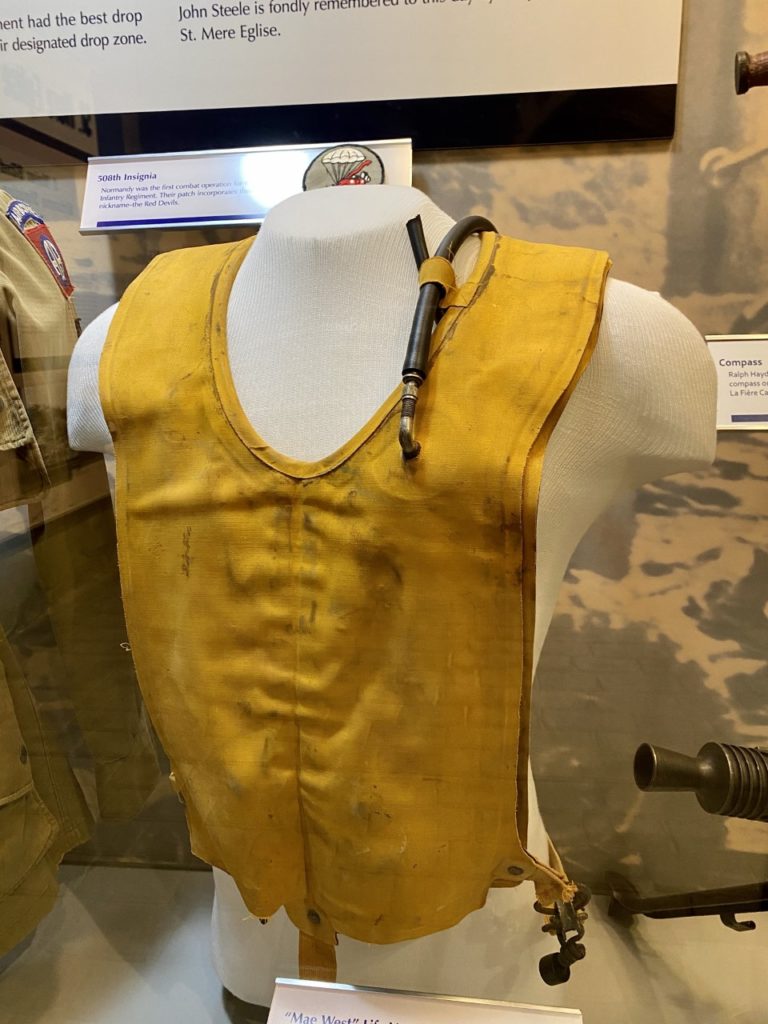
Commemorate the 78th Anniversary of D-Day With Interactive Exhibit!
June 6, 2022, marks 78 years since the deadly battle of Normandy took place. For many, seeing Utah Beach on the anniversary of D-Day is a bucket list item. If you can’t make it to France this year, come and experience the next best thing at the U.S. Army Airborne & Special Operations Museum. The interactive “D-Day: Freedom from Above” exhibit allows visitors to experience the Normandy invasion through the eyes of 82nd and 101st Airborne Division soldiers by using “HistoPad,” a tablet with innovative software technology.
“HistoPad” provides immersive, interactive augmented reality of the events surrounding D-Day by allowing visitors to manipulate a series of 3D virtual relics, view unpublished photos and extracts of exceptional archival films, interact with animated maps, and learn the incredible destinies of some of our nation’s heroes. The pads have touchscreen dots of light that, when pressed, produce videos, descriptions and information about the people who fought and served during D-Day. For example, the exhibit includes a virtual jump from a C-47 into Sainte-Mère-Église on the night of the assault, among many other scenarios.
Additionally, among the interactive elements of the exhibit, visitors will also find artifacts that once belonged to local veterans. These pieces were carefully chosen by ASOM curator Jimmie Hallis through a specific selection process. To be displayed in the exhibit, each artifact had to be related to D-Day and also had to have a connection with the 82d or 101st Airborne Divisions.
For more information, click below!



